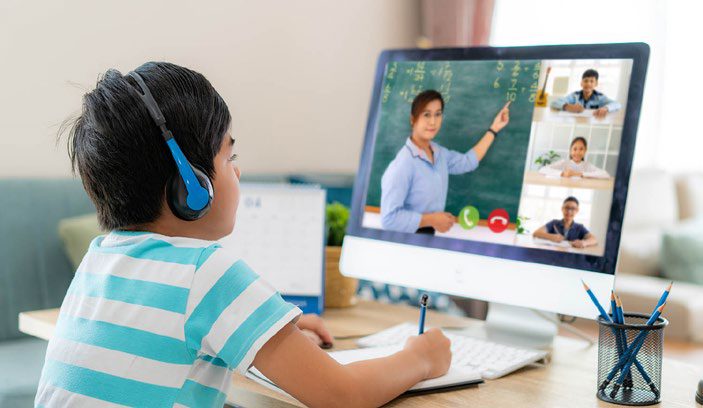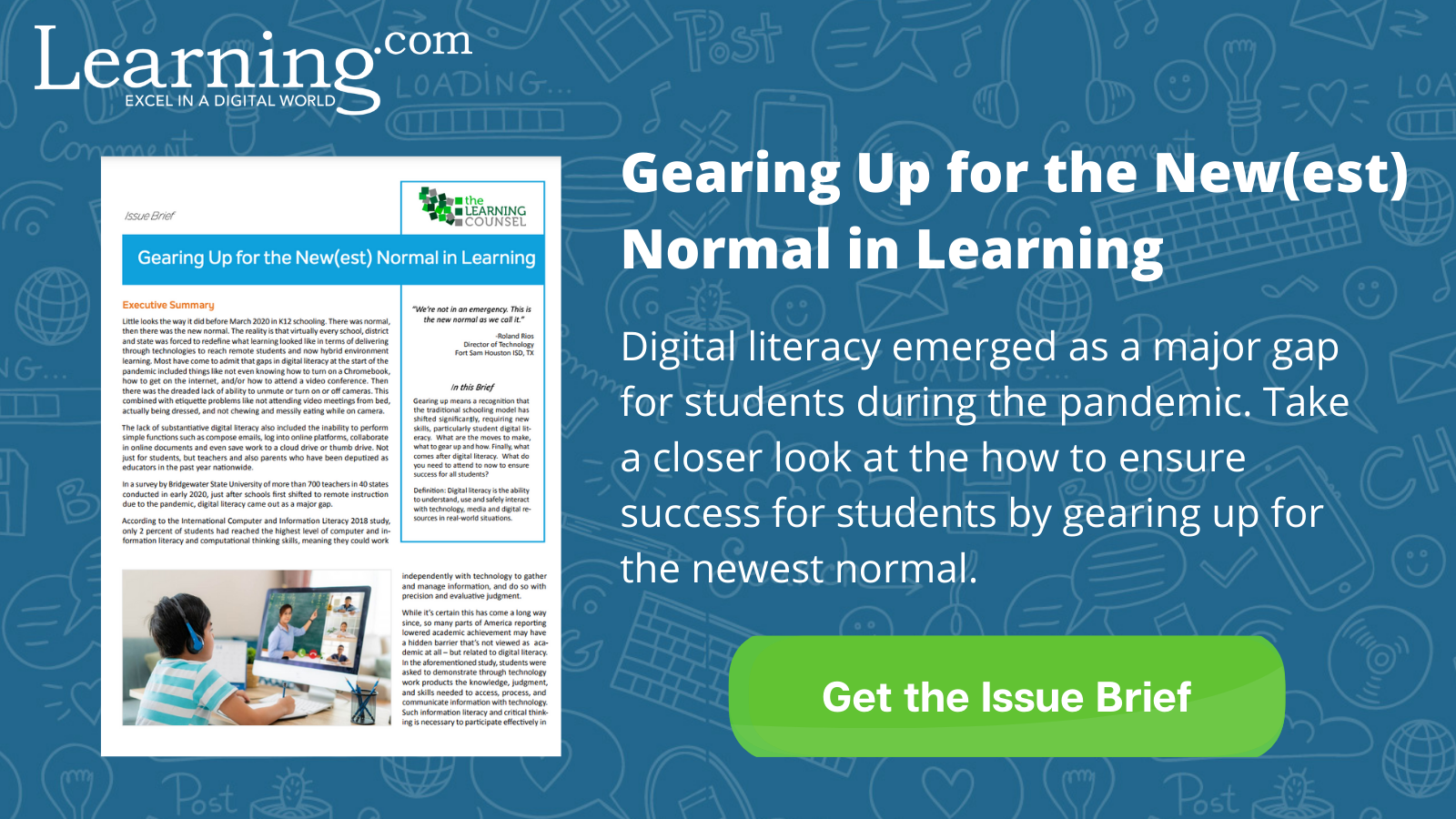We now expect students to proficiently navigate multiple systems and produce texts, digital work products and communications in a variety of digital modes. These skills are now the baseline, and they bring digital literacy to the forefront because what appears to be a student’s academic shortcoming or learning loss, may actually be a gap in digital skills needed to convey their true understanding.
Gearing up for the new(est) normal means recognizing that the traditional school model has shifted significantly, requiring new skills, particularly in digital literacy. What’s more, this newest normal presents often overlooked challenges for both students and teachers.
Learning.com is proud to share this The Learning Counsel paper that gives concrete steps to help educational leaders and teachers:
- See the issues
- Identify what to gear up
- Know how to gear up

Christine Byrd
Author at Learning.com
Christine has over 17 years of experience as an award-winning writer, thorough researcher, detail-oriented editor, and communications strategist. She specializes in providing internal and external communications for corporate, academic and nonprofit leaders.
Further Reading
The Future of Learning: AI Lessons in Schools and Beyond
AI has already had a major impact on how students approach their learning, yet the technology is only just getting started. Wondering what else is...
Why Digital Safety Matters: Keep Your Kids Safe & Healthy Online
From schoolwork to texting friends, and gaming to streaming tv, children today are spending more time than ever on screens. In fact, an average of...
What is the Role of AI in Schools? Today and in the Future
For hundreds (or even thousands) of years, schools have been all about the student-teacher relationship. But with the AI era firmly upon us, that...





